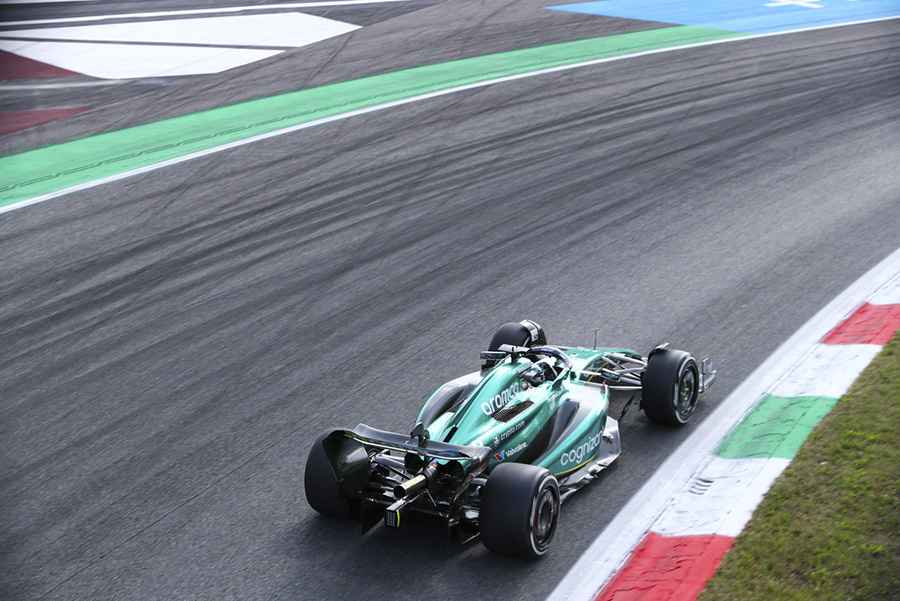These are the most dangerous circuits in Formula 1 history
Formula 1 is an exciting motorsport that has captivated audiences for decades. Its popularity comes from cutting-edge vehicle technology and the high-speed, high-risk nature of the sport. Drivers push themselves to their limits on circuits known for both speed and danger, competing at more than 300 kilometers per hour. While all tracks pose challenges, some stand out as the most dangerous in F1 history.

Italy: Imola Circuit
The Autodromo Internazionale Enzo e Dino Ferrari, known as Imola Circuit, is a track that highlights the risks of Formula 1. During the 1994 San Marino Grand Prix, two drivers died in two days: Roland Ratzenberger at the Villeneuve corner and Ayrton Senna after a steering column failure.
Challenges
- Grand Prix layout: 3.05 miles.
- High-speed corners with limited room for error.
- Despite safety improvements, the track remains challenging.
Highlights
- Classic old-school track loved by drivers.
- High-speed corners that test precision.
- Returned to the F1 calendar in 2020.
Japan: Suzuka Circuit
Suzuka Circuit, built in 1962 as a Honda test track, has claimed 17 lives, including Jules Bianchi in 2014. The circuit is technical, with high-speed corners and limited run-off areas, demanding skill and precision.
Challenges
- Length: 3.6 miles.
- Limited run-off areas.
- High technical difficulty, requiring focus at every corner.
Highlights
- Considered one of the best tracks by drivers for thrill and skill testing.
- Famous for its technical sections and high-speed corners.
Azerbaijan: Baku Street Circuit
The 6 km Baku Street Circuit is one of the fastest and most feared tracks, with top speeds reaching 333 kph. Pit lane entrances add risk, as seen when Max Verstappen lost control due to a tire failure.
Challenges
- High-speed sections with minimal run-off.
- Pit lane integration increases danger.
- Unpredictable urban layout.
Highlights
- Loved by drivers and fans for unpredictable racing.
- Record lap: Charles Leclerc, 1:43.009 (2019).
Monaco: Monaco Grand Prix Circuit
Monaco’s narrow streets and tight corners make it both prestigious and dangerous. Errors often result in collisions with walls.
Challenges
- Tight corners and narrow streets.
- High speeds around 280 km/h.
- Risk of collisions due to little margin for error.
Highlights
- Iconic moments: Senna’s 1988 crash, Schumacher’s 2012 pole, Ricciardo’s 2018 win.
- Combines glamour with extreme driving skill demands.
Saudi Arabia: Jeddah Circuit
A recent addition to the F1 calendar, Jeddah is fast and has minimal safety space. Mick Schumacher’s 2022 crash highlights the circuit’s risk.
Challenges
- Sweeping corners with close barriers.
- High-speed sections with limited recovery space.
Highlights
- Known for high-speed thrills.
- Drivers often debate its suitability for F1 racing.
Germany: Nurburgring Nordschleife
The “Green Hell” is over 20 km long, full of blind corners, and extremely difficult. Niki Lauda’s 1976 crash left severe burns and ended its use for Formula 1 racing.
Challenges
- Length: 20+ km.
- Fast, twisty corners with minimal safety margins.
- Not suitable for modern F1 races.
Highlights
- Iconic track for testing vehicles.
- Known for extreme difficulty and high-risk layout.
Conclusion
These circuits are among the most dangerous in Formula 1 history. Over time, many have caused serious accidents. All tracks are designed with safety in mind, with barriers, run-off areas, and crash zones updated to minimize risk and ensure driver safety.
Image credit: Depositphotos